From the ?bipartite_graph help:
Bipartite graphs have a type vertex attribute in igraph, this is boolean and FALSE for the vertices of the first kind and TRUE for vertices of the second kind.
So you could do something like this (igraph 1.0.1):
library(igraph)
set.seed(123)
# generate random bipartite graph.
g <- sample_bipartite(10, 5, p=.4)
# check the type attribute:
V(g)$type
# define color and shape mappings.
col <- c("steelblue", "orange")
shape <- c("circle", "square")
plot(g,
vertex.color = col[as.numeric(V(g)$type)+1],
vertex.shape = shape[as.numeric(V(g)$type)+1]
)

Check also ?bipartite.
Using the example provided by the OP in the comments. Since the graph is multipartite and given the provided data format, I would first create a bipartite graph, then add the additional edges. Note that although the resulting graph returns TRUE for is_bipartite() the type argument is specified as numeric instead of logical and may not work properly with other bipartite functions.
set.seed(123)
V1 <- sample(LETTERS[1:10], size = 10, replace = TRUE)
V2 <- sample(1:10, size = 10, replace = TRUE)
d <- data.frame(V1 = V1, V2 = V2, weights = runif(10))
d
> d
V1 V2 weights
1 C 10 0.8895393
2 H 5 0.6928034
3 E 7 0.6405068
4 I 6 0.9942698
5 J 2 0.6557058
6 A 9 0.7085305
7 F 3 0.5440660
8 I 1 0.5941420
9 F 4 0.2891597
10 E 10 0.1471136
g <- graph_from_data_frame(d, directed = FALSE)
V(g)$label <- V(g)$name # set labels.
# create a graph connecting central node FOO to each V2.
e <- expand.grid(V2 = unique(d$V2), V2 = "FOO")
> e
V2 V2
1 10 FOO
2 5 FOO
3 7 FOO
4 6 FOO
5 2 FOO
6 9 FOO
7 3 FOO
8 1 FOO
9 4 FOO
g2 <- graph.data.frame(e, directed = FALSE)
# join the two graphs.
g <- g + g2
# set type.
V(g)$type <- 1
V(g)[name %in% 1:10]$type <- 2
V(g)[name %in% "FOO"]$type <- 3
V(g)$type
> V(g)$type
[1] 1 1 1 1 1 1 1 2 2 2 2 2 2 2 2 2 3
col <- c("steelblue", "orange", "green")
shape <- c("circle", "square", "circle")
library(rTRM) # Bioconductor package containing layout.concentric()
# the fist element in the list for concentric is the central node.
l <- layout.concentric(g, concentric = list("FOO", 1:10, LETTERS[1:10]))
plot(g,
layout = l,
vertex.color = col[V(g)$type],
vertex.shape = shape[V(g)$type],
edge.width = E(g)$weights * 5 # optional, plot edges width proportional to weights.
)

The function layout.concentric() is in (my) package rTRM, available from Bioconductor. It is really a simple implementation I wrote to do exactly what you want. I am not completely sure whether the latest igraph version has the same functionality though (it may be).




